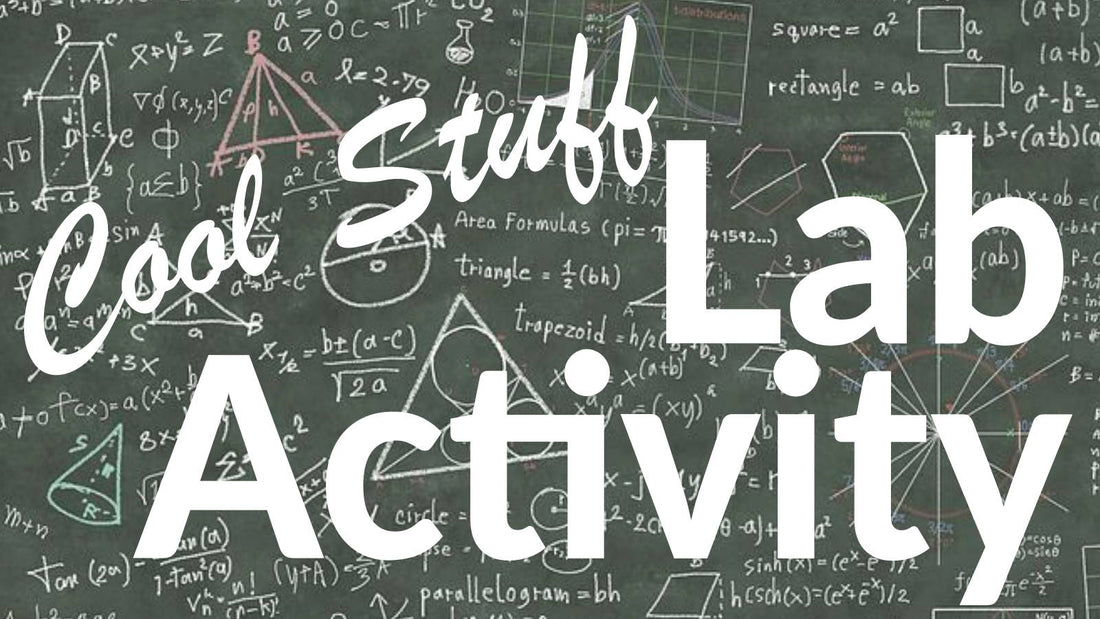One day in my classroom…"My students were amazed by examples of colorful fiber optics but didn't understand how the light goes from one end to the other; even when bent. After testing various angles of laser light through water and air up to 40 degrees, most students assume the light will continue to exit the other side. When the angle is increased to 50 degrees or greater, the light ray doesn't come out the other side. Students finally see how fiber optics work through the phenomenon of Total Internal Reflection and have a great time exploring with this easy to set up lab!"
Can a Trapezoid Trap Light?
Purpose: To discover the conditions that result in total internal reflection in a transparent material.
Summary: Students use the Laser Ray Box and trapezoidal lucite block to find situations that result in total internal reflection.
Question: How can a transparent medium be used to reflect light?
Materials: Laser Ray Box, trapezoidal block, graph paper, pencil, ruler, protractor.
Process: Ask students to predict what will happen if the laser light is directed toward the trapezoid along the normal to each side. Have each lab group sketch the predicted path of the laser beams.
Students trace the outline of the trapezoid on the graph paper. Use the protractor to draw a normal for each side of the trapezoid. Students point the laser along the normal. Trace the path of the rays (approaching the trapezoid, inside the trapezoid, and leaving the trapezoid) with a pencil and ruler. For each ray, use the protractor to measure and label the angles of incidence and refraction (or reflection) on the graph paper.
Did the observations agree with predictions? Encourage students to explain the differences between their predictions and their observations. Challenge students to find the critical angle for the lucite.
Results: Students will notice that for the angled sides, total internal reflection is observed when the laser light reaches the bottom side. This does not occur for the parallel sides.
Discussion: When light goes from lucite to air at an angle greater than the critical angle, there is no refracted ray, and all the light reflects back into the lucite! Show students using Snell's Law why this occurs. Introduce examples of fiber optics applications that utilize this phenomenon, such as laparoscopic surgery and fiber optic communications.
Required Equipment
Lori Andersen is a Physics and AP Physics teacher at Grafton High School in York County, VA.


